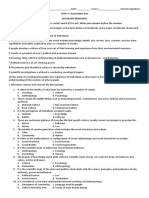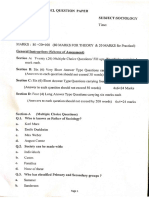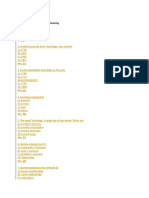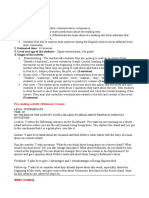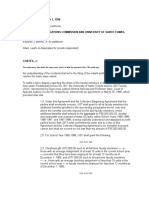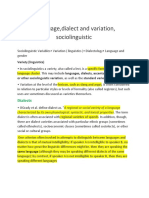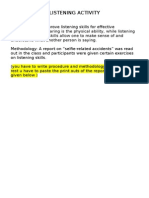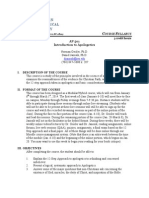0% found this document useful (0 votes)
474 views9 pagesCBSE Class 12 Sociology Prep
A comprehensive practice paper based on the latest CBSE exam pattern. It includes objective, short, and long-answer questions covering all key topics, with detailed solutions and marking schemes to enhance understanding and exam readiness.
Uploaded by
Artham ResourcesCopyright
© © All Rights Reserved
We take content rights seriously. If you suspect this is your content, claim it here.
Available Formats
Download as PDF, TXT or read online on Scribd
0% found this document useful (0 votes)
474 views9 pagesCBSE Class 12 Sociology Prep
A comprehensive practice paper based on the latest CBSE exam pattern. It includes objective, short, and long-answer questions covering all key topics, with detailed solutions and marking schemes to enhance understanding and exam readiness.
Uploaded by
Artham ResourcesCopyright
© © All Rights Reserved
We take content rights seriously. If you suspect this is your content, claim it here.
Available Formats
Download as PDF, TXT or read online on Scribd
/ 9


































